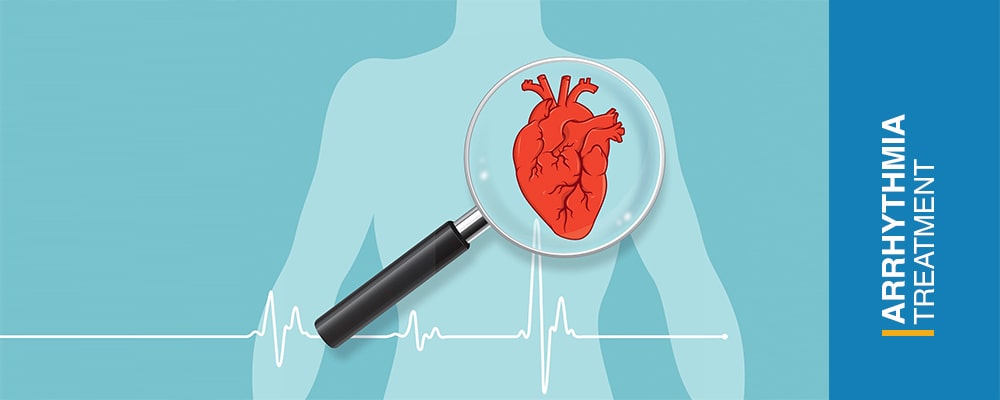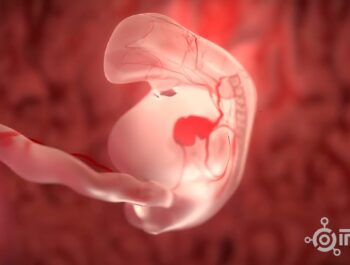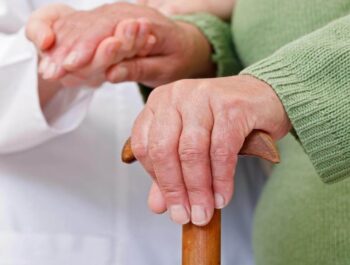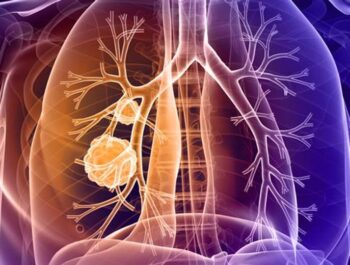
What Is Arrhythmia?
5min Read
Heart rhythm problem (heart arrhythmia) occur when the electrical impulses that coordinate your heartbeats don’t work properly, causing your heart to beat too fast, too slow or irregularly. This causes the heart to beat:
- too fast (tachycardia)
- too slow (bradycardia)
- too early (premature contraction)
- too erratically (fibrillation)
Nearly everyone will experience an abnormal heart rhythm at least once. It may feel like your heart is racing or fluttering. Arrhythmias are common and usually harmless, but some are problematic.
When an arrhythmia interferes with blood flow to your body, it can damage your brain, lungs, and other vital organs. If not treated, these arrhythmias may be life-threatening.
Symptoms
You may not notice any signs. In fact, your doctor might find you have an arrhythmia before you do, during a routine examination.
Noticeable symptoms don’t necessarily mean you have a serious problem, however.
Noticeable arrhythmia symptoms may include:
- A fluttering in your chest
- A racing heartbeat (tachycardia)
- A slow heartbeat (bradycardia)
- Chest pain
- Shortness of breath
- Lightheadedness or dizziness
- Sweating
- Fainting (syncope) or near fainting
Causes
Many things can lead to, or cause, an arrhythmia, including:
- A heart attack that’s occurring right now
- Scarring of heart tissue from a prior heart attack
- Changes to your heart’s structure, such as from cardiomyopathy
- Blocked arteries in your heart (coronary artery disease)
- High blood pressure
- Overactive thyroid gland (hyperthyroidism)
- Underactive thyroid gland (hypothyroidism)
- Smoking
- Drinking too much alcohol or caffeine
- Drug abuse
- Stress
- Certain medications and supplements, including over-the-counter cold, allergy drugs, and nutritional supplements
- Diabetes
- Sleep apnea
- Genetics
Types of arrhythmias
Arrhythmias are named and categorized based on three points:
- rate (whether it’s too slow or too fast)
- origin (whether it’s in the ventricles or the atria)
- regularity
Bradycardia
Although a heart rate below 60 beats a minute while at rest is considered bradycardia, a low resting heart rate doesn’t always signal a problem.
If you’re physically fit, you may have an efficient heart capable of pumping an adequate supply of blood with fewer than 60 beats a minute at rest.
Also, certain medications used to treat other conditions, such as high blood pressure, may lower your heart rate.
However, if you have a slow heart rate and your heart isn’t pumping enough blood, you may have one of several bradycardias, including:
Sick sinus
The sinus node is responsible for setting the pace of your heart. If it isn’t sending electrical impulses properly, your heart may pump too slowly or irregularly.
Scarring near the sinus node from heart disease or a heart attack may also slow down or block the electrical impulses as they try to travel through the heart.
Conduction block
If your heart’s electrical pathways are blocked, the chambers of the heart may contract slowly or not at all.
A block can happen anywhere along the heart’s electrical pathways—between the sinus node and atrioventricular (AV) node, or between the AV node and the ventricles.
There may be no signs of these blocks other than skipped or slowed heartbeats.
Tachycardia
Tachycardia is a fast heartbeat. It’s defined as a resting heart rate of more than 100 beats per minute.
The two most common types of tachycardia are supraventricular tachycardia and ventricular tachycardia.
Supraventricular tachycardia
Supraventricular tachycardia (SVT) is an arrhythmia that begins above the ventricle. SVTs are usually identified by a burst of rapid heartbeats that can be chronic or begin and end suddenly.
These bursts can last a few seconds or several hours and may cause your heart to beat more than 160 times per minute. The most common SVTs include atrial fibrillation and atrial flutter.
Atrial fibrillation
Atrial fibrillation is a rapid heart rate caused by chaotic electrical impulses in the atria. These signals result in rapid, uncoordinated, weak contractions of the atria.
The chaotic electrical signals bombard the AV node, usually resulting in an irregular, rapid rhythm of the ventricles.
Atrial fibrillation may be temporary, but some episodes won’t end unless treated. Atrial fibrillation may lead to serious complications such as stroke.
Atrial flutter
Atrial flutter is similar to atrial fibrillation. The heartbeats in atrial flutter are more-organized and more-rhythmic electrical impulses than in atrial fibrillation. Atrial flutter may also lead to serious complications such as stroke.
Ventricular tachycardia
Ventricular tachycardia is a rapid, regular heart rate that originates with abnormal electrical signals in the ventricles. The rapid heart rate doesn’t allow the ventricles to fill and contract efficiently to pump enough blood to the body.
Ventricular tachycardia can often be a medical emergency. Without prompt medical treatment, ventricular tachycardia may worsen into ventricular fibrillation.
Ventricular fibrillation
VF may have signs such as sudden, rapid, irregular, and chaotic heartbeats in the ventricle. These erratic electrical impulses, sometimes triggered by a heart attack, cause your heart’s ventricles to quiver (fibrillate).
When you have this kind of arrhythmia, your ventricles can’t pump blood into your body, and your heart rate drops quickly. This makes your blood pressure fall and diminishes the blood supply to your body and organs. VF is the number one cause of sudden cardiac arrest.
Premature heartbeats
Premature heartbeats may result in the feeling that your heart has skipped a beat. In reality, your normal heart rhythm has been interrupted by a too-soon beat, and you’re experiencing an extra beat between two normal heartbeats.
Risk factors
Certain factors may increase your risk of developing an arrhythmia. These include:
- Coronary artery disease, other heart problems, and previous heart surgery
- High blood pressure
- Congenital heart disease
- Thyroid problems
- Drugs and supplements. Certain over-the-counter cough and cold medicines and certain prescription drugs may contribute to arrhythmia development.
- Diabetes
- Obstructive sleep apnea:
This disorder, in which your breathing is interrupted during sleep, can increase your risk of bradycardia, atrial fibrillation, and other arrhythmias.
- Potassium, sodium, calcium and magnesium imbalance.
- Caffeine or nicotine use
Prevention
To prevent heart arrhythmia, it’s important to live a heart-healthy lifestyle to reduce your risk of heart disease. A heart-healthy lifestyle may include:
- Eating a heart-healthy diet
- Increasing your physical activity
- Avoiding smoking
- Keeping a healthy weight
- Limiting or avoiding caffeine and alcohol
- Reducing stress, as intense stress and anger can cause heart rhythm problems
- Using over-the-counter medications with caution, as some cold and cough medications contain stimulants that may trigger a rapid heartbeat
Conclusion
There are many types of heart arrhythmias. Most are harmless, and nearly everyone has an arrhythmia at one time or another. Frequently, they go unnoticed. It’s also normal to have an increased heart rate during exercise when your heart is working hard to provide your tissues with oxygen-rich blood so you don’t fatigue too quickly.
Some arrhythmias are not harmless, though. Your outlook depends on the type and severity of your arrhythmia. If you think you have an arrhythmia, you should see your doctor. Even the most serious arrhythmias can often be treated successfully. Most people with arrhythmia can live a normal life.













Reviews
Number of pending reviews174